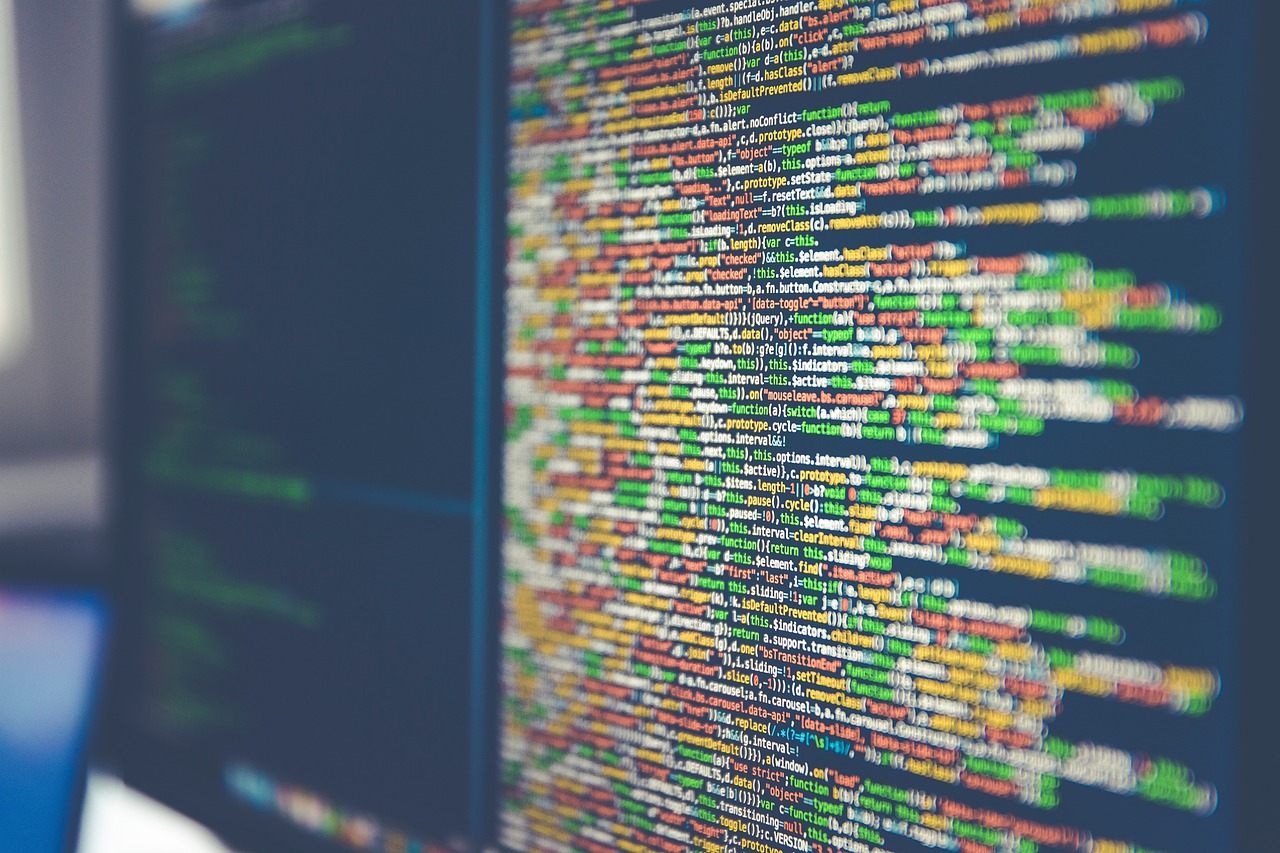The realm of software engineering is rapidly evolving, and at the forefront of this transformation is artificial intelligence (AI). No longer a futuristic concept, AI is now a tangible tool empowering software engineers to write better code, automate tedious tasks, and solve complex problems more efficiently. From intelligent code completion to automated testing and deployment, AI is revolutionizing the entire software development lifecycle. This article delves into the multifaceted ways AI is being used by software engineers, offering insights into its capabilities, practical applications, and potential impact on the future of software development.
AI-Powered Code Generation and Completion
Intelligent Code Completion
AI is significantly enhancing code completion tools. Traditional code completion systems often rely on static analysis and keyword matching. AI-powered completion, however, leverages machine learning models trained on vast datasets of code to predict the most likely and relevant code snippets, entire functions, or even classes.
- Benefit: Reduces coding time and errors by suggesting syntactically correct and semantically appropriate code.
- Example: GitHub Copilot, powered by OpenAI, provides context-aware suggestions in real-time, often predicting entire blocks of code based on comments or existing code. It’s like having a pair programmer who anticipates your next move.
- Actionable Takeaway: Integrate an AI-powered code completion tool into your IDE to boost your productivity. Experiment with different tools like Tabnine and Kite to find one that suits your coding style and language preferences.
Code Generation from Natural Language
Imagine describing your desired functionality in plain English and having AI generate the corresponding code. This is becoming a reality with models like GPT-3 and Codex. While still in its early stages, code generation from natural language has the potential to drastically reduce the barrier to entry for software development.
- Benefit: Speeds up prototyping and allows non-programmers to contribute to software development.
- Example: Tools that allow users to describe UI elements in natural language and generate the corresponding React or HTML code are emerging. You can describe a form with specific fields, and the AI will generate the necessary code to render the form.
- Actionable Takeaway: Explore platforms that offer natural language to code translation. Experiment with these tools to automate the creation of boilerplate code and simple functionalities. Be aware of the need for thorough testing of generated code.
Automated Testing and Debugging
Intelligent Test Case Generation
Creating comprehensive test suites is a crucial but often time-consuming aspect of software development. AI can automate the generation of test cases, covering various scenarios and edge cases that developers might miss.
- Benefit: Increases test coverage, reduces bugs, and improves software quality.
- Example: Tools are emerging that analyze code and automatically generate unit tests based on identified code paths and potential vulnerabilities. These tools can also generate integration tests to ensure different components of the system work together seamlessly.
- Actionable Takeaway: Research AI-powered test automation frameworks and integrate them into your CI/CD pipeline. This will help you identify and fix bugs earlier in the development cycle.
AI-Driven Bug Detection and Diagnosis
AI algorithms can analyze code, execution logs, and historical bug reports to identify potential issues and pinpoint the root causes of errors. This can significantly accelerate the debugging process.
- Benefit: Reduces debugging time and improves code stability.
- Example: Some tools analyze code repositories and flag code segments with high bug probability based on historical patterns. These tools can also analyze execution logs to identify anomalies and potential error conditions.
- Actionable Takeaway: Implement logging and monitoring solutions that are compatible with AI-driven bug detection tools. Train AI models with historical bug data to improve their accuracy in identifying and predicting future bugs.
Enhanced Code Review and Collaboration
Automated Code Review
AI can automate many aspects of code review, such as identifying potential code smells, security vulnerabilities, and style violations. This frees up human reviewers to focus on more complex issues and architectural concerns.
- Benefit: Ensures code quality, enforces coding standards, and improves code security.
- Example: Tools can automatically identify common coding errors, such as null pointer exceptions or SQL injection vulnerabilities. They can also enforce coding style guides and suggest improvements to code readability and maintainability.
- Actionable Takeaway: Integrate automated code review tools into your development workflow to enforce coding standards and identify potential issues early in the development cycle.
Improved Collaboration through AI
AI can assist with documentation generation and knowledge sharing, making it easier for teams to collaborate on complex projects.
- Benefit: Facilitates knowledge transfer, reduces communication overhead, and improves team productivity.
- Example: Tools are available that automatically generate API documentation from code comments. AI can also be used to create chatbots that answer frequently asked questions about the codebase or the project.
- Actionable Takeaway: Explore AI-powered documentation tools and implement them to streamline your documentation process. Use chatbots to answer common questions and reduce communication overhead within your team.
AI for Project Management and DevOps
Predictive Project Planning
AI can analyze historical project data to predict project timelines, resource requirements, and potential risks. This enables project managers to make more informed decisions and proactively address potential challenges.
- Benefit: Improves project predictability, reduces project delays, and optimizes resource allocation.
- Example: AI algorithms can analyze past project data, such as task durations, resource allocations, and bug rates, to predict the likelihood of meeting deadlines and the potential for cost overruns.
- Actionable Takeaway: Utilize project management tools that incorporate AI-powered predictive analytics. Train these models with your project data to improve their accuracy in predicting future project outcomes.
Automated Deployment and Monitoring
AI can automate various aspects of the deployment pipeline, such as infrastructure provisioning, application deployment, and performance monitoring. This reduces the risk of human error and ensures that applications are deployed reliably and efficiently.
- Benefit: Improves deployment speed, reduces deployment errors, and enhances application stability.
- Example: AI can be used to automatically scale infrastructure based on real-time traffic patterns. AI can also monitor application performance and automatically trigger alerts when anomalies are detected.
- Actionable Takeaway: Implement AI-powered automation tools in your DevOps pipeline to streamline deployment and monitoring processes. Use AI to optimize infrastructure scaling and performance tuning.
Conclusion
AI is rapidly transforming the software engineering landscape, empowering developers with powerful tools to automate tasks, improve code quality, and accelerate development cycles. While AI will not replace software engineers, it will augment their capabilities, enabling them to focus on more complex and creative problem-solving. By embracing AI-powered tools and integrating them into their workflows, software engineers can unlock new levels of productivity, innovation, and efficiency. The future of software development is undoubtedly intertwined with AI, and those who embrace this technology will be well-positioned to thrive in this evolving field.




